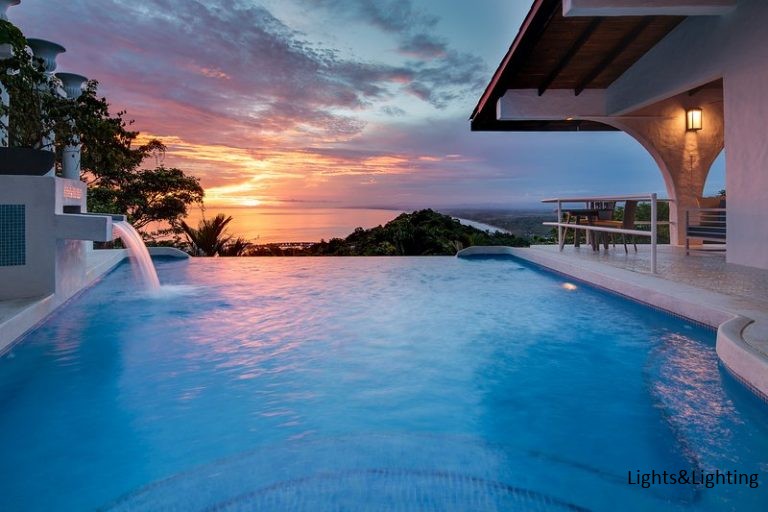You do lighting products whether you do light sources or lamps and lanterns friends, you must have heard of LM79, LM80, LM82, LM84 and even TM21 and so on test items, these in our application for many energy efficiency certification projects need to use the corresponding test report, today I will briefly introduce to you the basic content of these items.
I. LM79
LM79 defines the test methods for total luminous flux, electrical power, light intensity distribution, color parameters, color uniformity and other parameters of SSL products. This standard includes SSL products with LEDs as well as integral LED lamps (required to be driven by AC or DC only). This standard does not cover SSL products (LED chips, LED packages and LED modules, etc.) that require external drive circuitry or external heat sink. SSL is distinguished from traditional filament white banner and gas discharge light-emitting principles by semiconductor electron emission, including LED, OLED, Laser Diode (LD), light-emitting polymers. polymers. Broadly speaking, the test can be divided into integrating sphere test and distribution photometer test.
Integrating sphere test: voltage, current, power, color temperature, color rendering index, spectral distribution.
Distribution photometer test: voltage, current, power, total luminous flux, light intensity distribution, color uniformity
For the LM79 integrating sphere test does not measure the luminous flux, otherwise it needs to require auxiliary lamps and other very complex steps.
Second, LM80
LM80 refers to the measurement of the light source, "light source" refers only to the package, array and module. The main points are as follows.
a. The aging process is separate from the testing process, and the aging process should be strictly controlled by the Tc point temperature of 55 degrees, 85 degrees or the temperature specified by the supplier. Aging to the specified test interval after restoring to the test environment for photometric testing.
b. The luminous flux and color parameters are required to be tested, and the specific test methods are not strictly defined. Here are the original words in the standard: Photometric measurements shall be in conformance with the appropriate laboratory method for the LED light source under test
c, there are high requirements for environmental control, temperature control of Tc, and power supply equipment.
d. There are detailed requirements for the tracking and recording of samples and aging process.
III. LM82
LM82 is the successor standard to LM79, he specified the elevated temperature of the LED light engine (I think it can be considered SSL) and integral LED lamps at different temperatures of electrical and optical testing. The main points are as follows.
a, the sample to be tested needs to give the temperature monitoring point Tb as well as the temperature monitoring point Td of the power supply (not mandatory).
b, initial test - in accordance with LM79 section IX at an ambient temperature of 25 ± 1 ℃ for power, luminous flux and color parameters, and monitor the Tb value at this time, recorded as Tbi.
c, calibration test - by adjusting the ambient temperature so that Tb to the initial test ambient temperature (25 ± 1 ℃), and then power, luminous flux and color parameters of the test, and monitor and record the Tb value at this time, recorded as Tb0.
d, the first temperature rise test - by adjusting the ambient temperature so that Tb to Tb0 + 25 ℃, and then power, luminous flux and color parameters of the test, and monitor and record the Tb value at this time, recorded as Tb1.
e, the second temperature rise test - by adjusting the ambient temperature so that Tb to Tb0 + 50 ℃, and then power, luminous flux and color parameters of the test, and monitor and record the Tb value at this time, recorded as Tb2.
f, the above measured data in accordance with the standard processing methods to obtain the photometric characteristics of the elevated temperature.
g, the standard mentioned for the temperature control recommended the use of temperature-controlled integrating ball, other methods must require good control of the Tb point temperature and does not affect the photometric test.
Fourth, TM21
TM-21: mainly combined with LM80 report and ISTMT report to project the life of the whole lamp.
TM21 provides the processing method for the data measured by LM80, mainly including the following: a. Gives the exponential function form
a. Gives the data fitting method in the form of exponential function.
b. Gives the correction method for the fitted life (70% light failure life).
c. Gives the detailed expression method of the life time.
d. Gives the interpolation method for calculating the lifetime at the given point temperature.
V. ISTMT test.
ISTMT that is In Situ Temperature Measurement Test is the measurement of the LED source box temperature inside the LED system (luminaire or lamp). Simply put, the LED temperature inside the luminaire, the measurement must be carried out in accordance with the temperature measurement point (TMP) indicated by the LED package manufacturer.
ISTMT report is the temperature rise test report, to do DLC certification is necessary to provide ISTMT report in order to register DLC.
LM79/LM80/TM21 certification process.
1. Fill out the application form.
2. Provide product information.
3. Send samples.
4. Test OK.
5. Issue the report.







 Instant Messaging
Instant Messaging